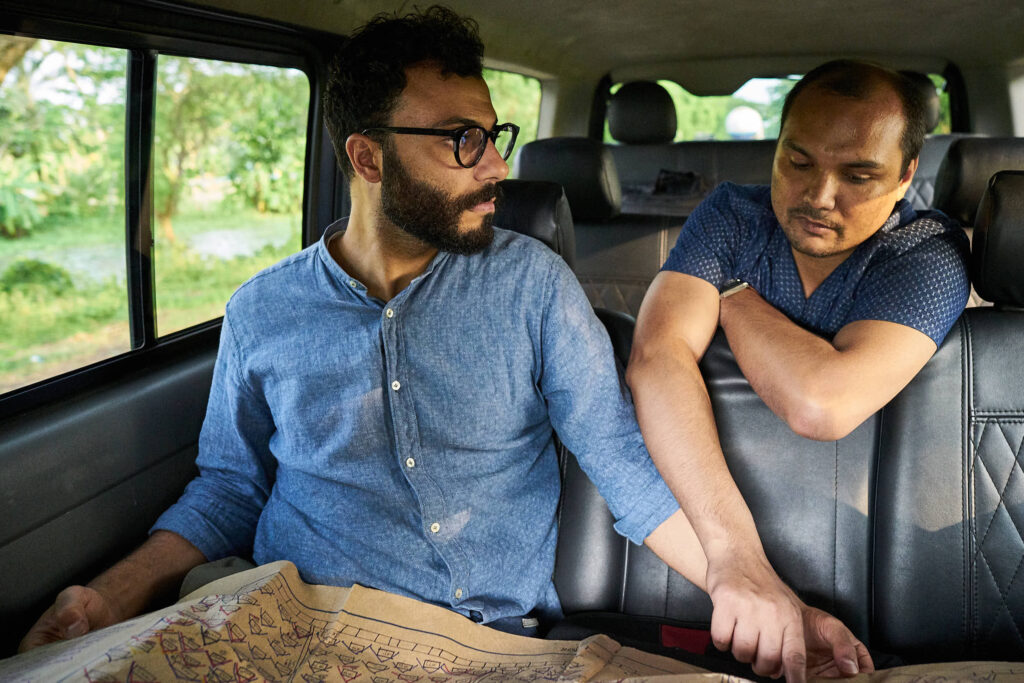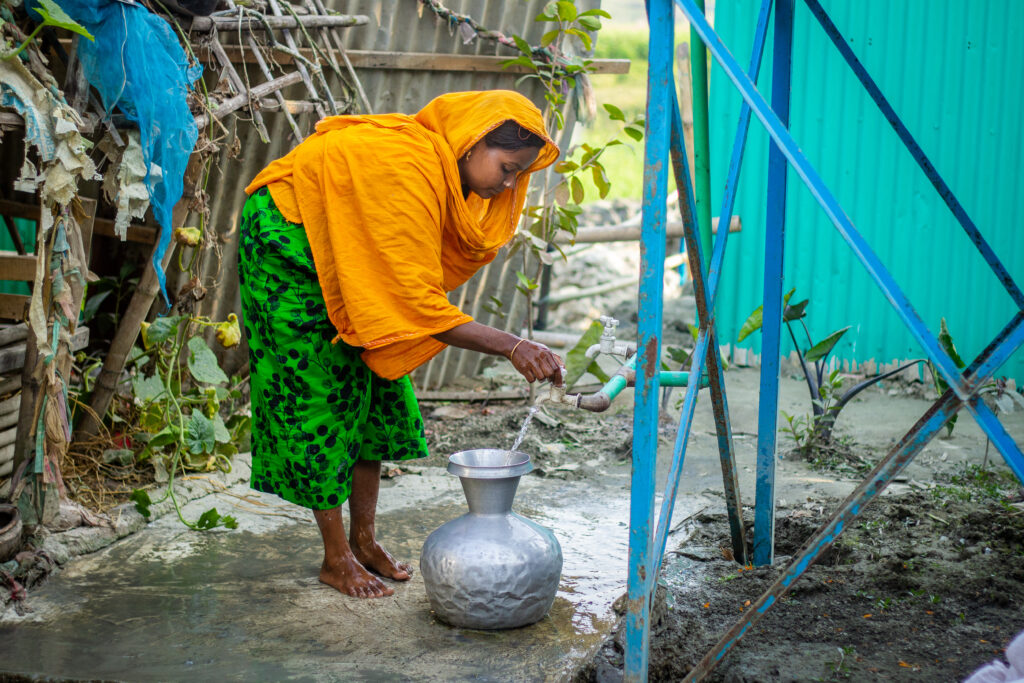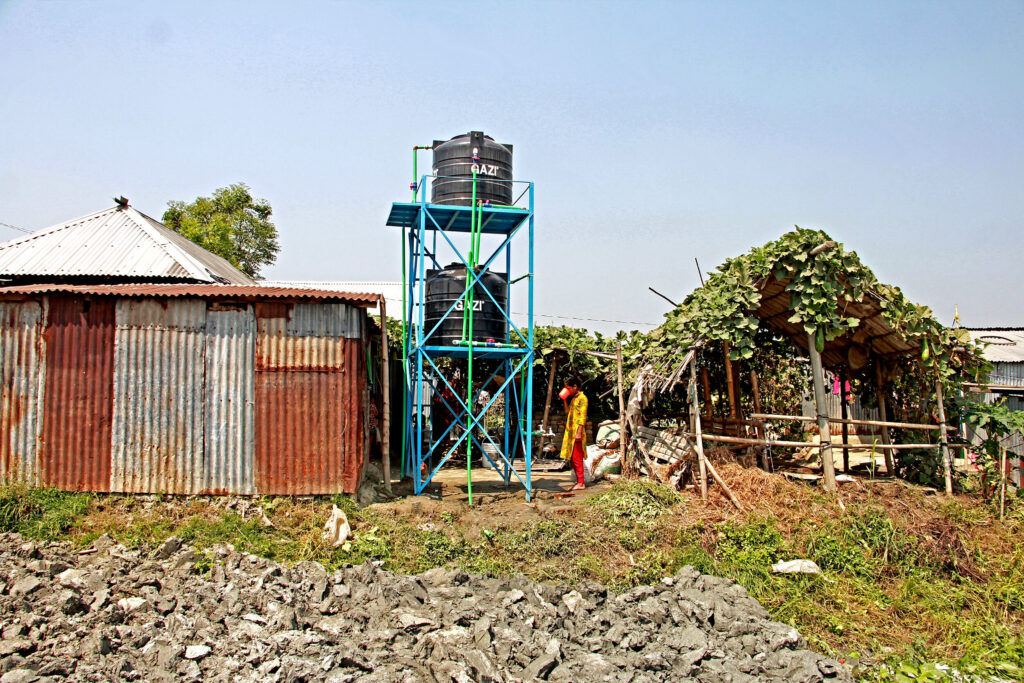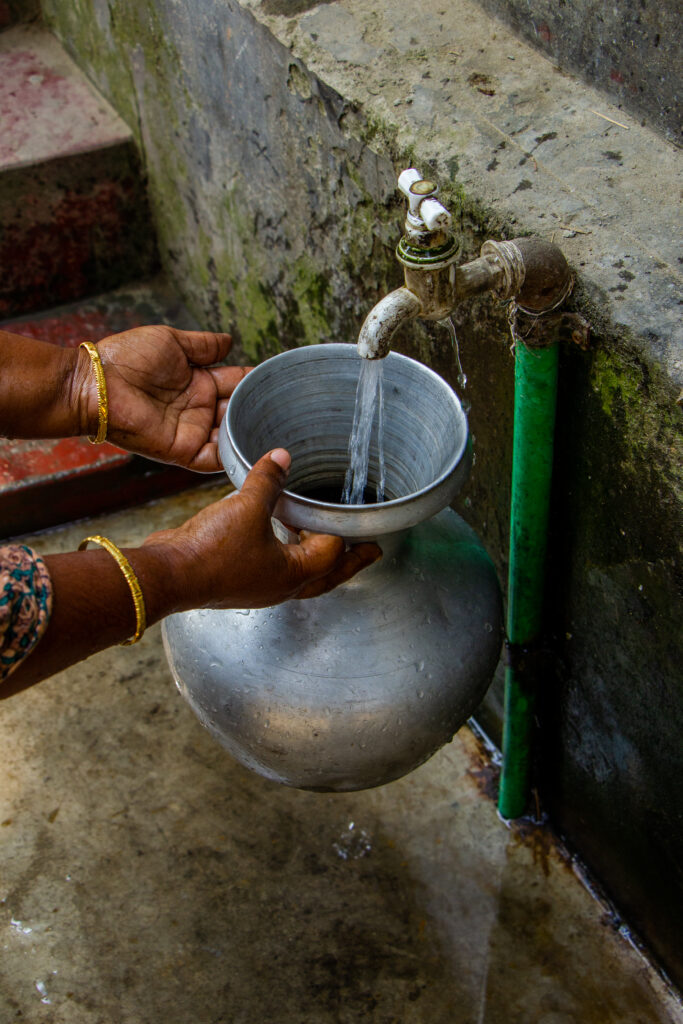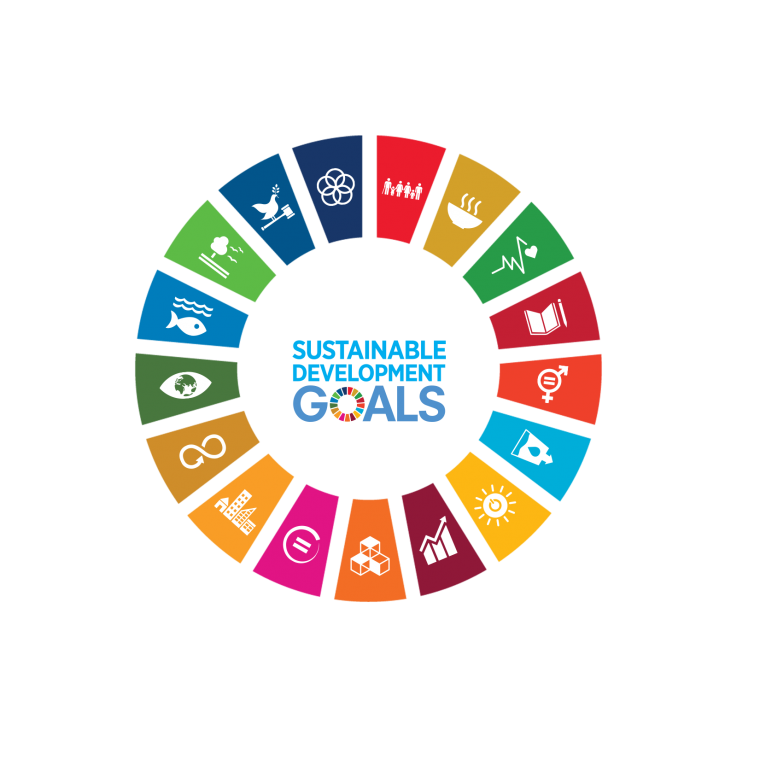Water Filters
Water Filters
Water Filters
Water Filters
Water Filters
Since 2018, we have steadily made progress in our efforts to tackle the water crisis in Bangladesh, by implementing biosand filters and deep tube wells. Although we are still at the beginning, we have already had proud moments.
PROJECTS FUNDED
41
PROJECTS COMPLETED
38
PROJECTS IN PROGRESS
3
Our Solutions
Biosand Filters
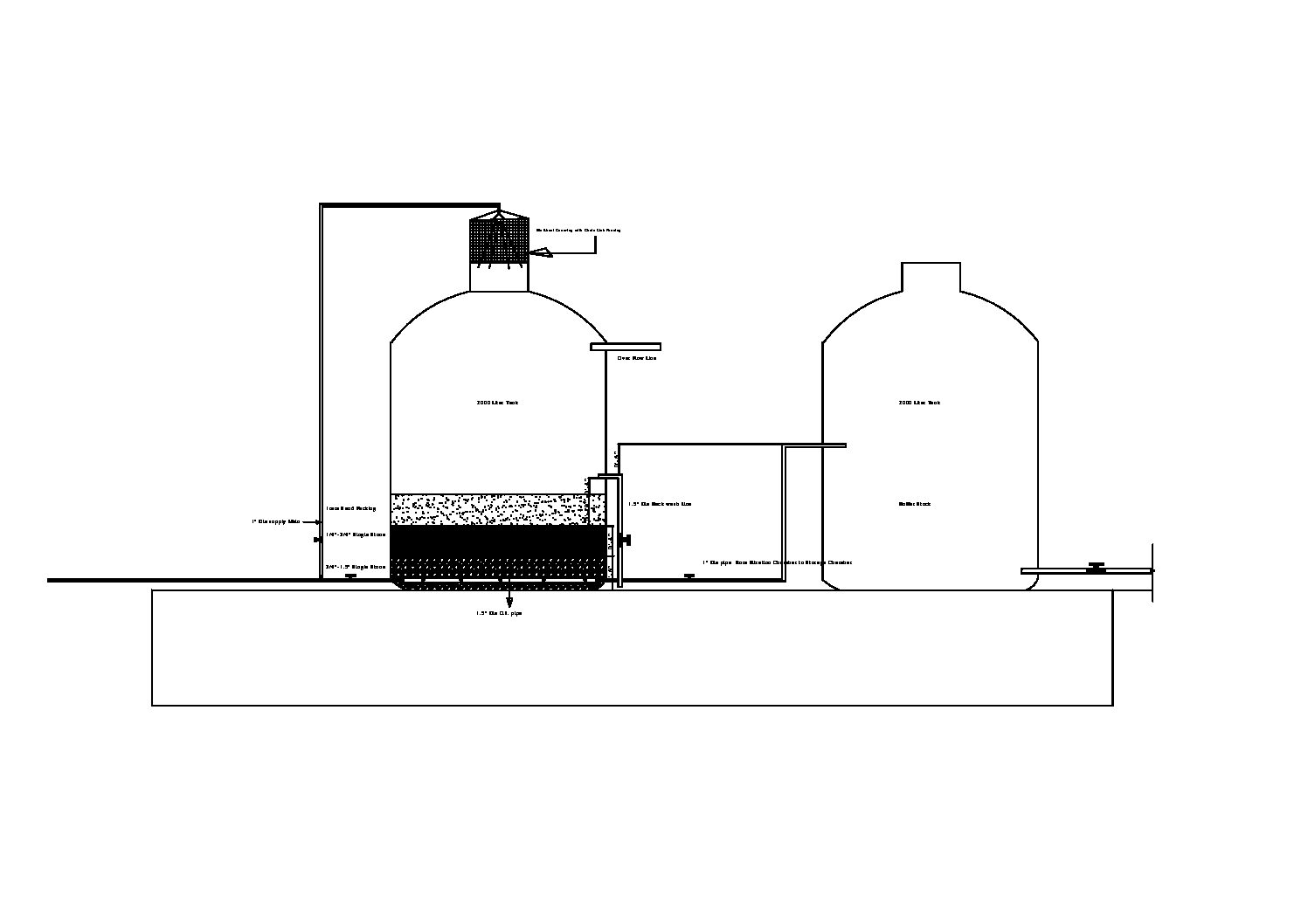
WHAT KIND OF FILTER IS IT?
The filter container consists of two plastic water tanks – one for impure water treatment and the other for drinkable water storage. It contains layers of sand, gravel, and activated carbon that remove pathogens and suspended solids from contaminated drinking water. A biolayer of bacteria and other micro-organisms sits atop the sand column and helps to eliminate pathogens.
Contaminated water is poured into the top of the filter and flows down through the sand, activated carbon, and gravel. The treated water flows out to the storage tank. Power is required to pump water to the upper tank (filter tank) – then filter works by gravity. Pathogens and suspended solids are removed through biological and physical processes, including mechanical trapping, predation, adsorption, and natural death.
- Trapping: Pathogens get trapped in the sand, gravel, and carbon layers.
- Predation: Micro-organisms in the biolayer eat some pathogens.
- Adsorption: Pathogens get stuck to the sand grains.
- Natural death: Some pathogens die due to lack of food or air in the filtration system.
WHAT DOES IT FILTER?
- Up to 100% of helminths (worms)
- Up to 100% of protozoa
- Up to 99.7% of bacteria
- 70-99.8% of viruses
- Up to 100% of turbidity (dirt and cloudiness),
- Up to 99% of iron (which people often don’t like because it turns water, laundry and food red)
HOW MUCH IS FILTERED?
One biosand filter can filter more than 5,000 liters of water per hour.
WHO ARE THE BENEFICIARIES
Our water filters benefit poor and ultra-poor communities in regions where textile effluents significantly impact water scarcity. It’s worth noting that when we install a filter in one village, neighboring communities often create a piped network to supply water, due to the high demand.
Deep Tube Wells
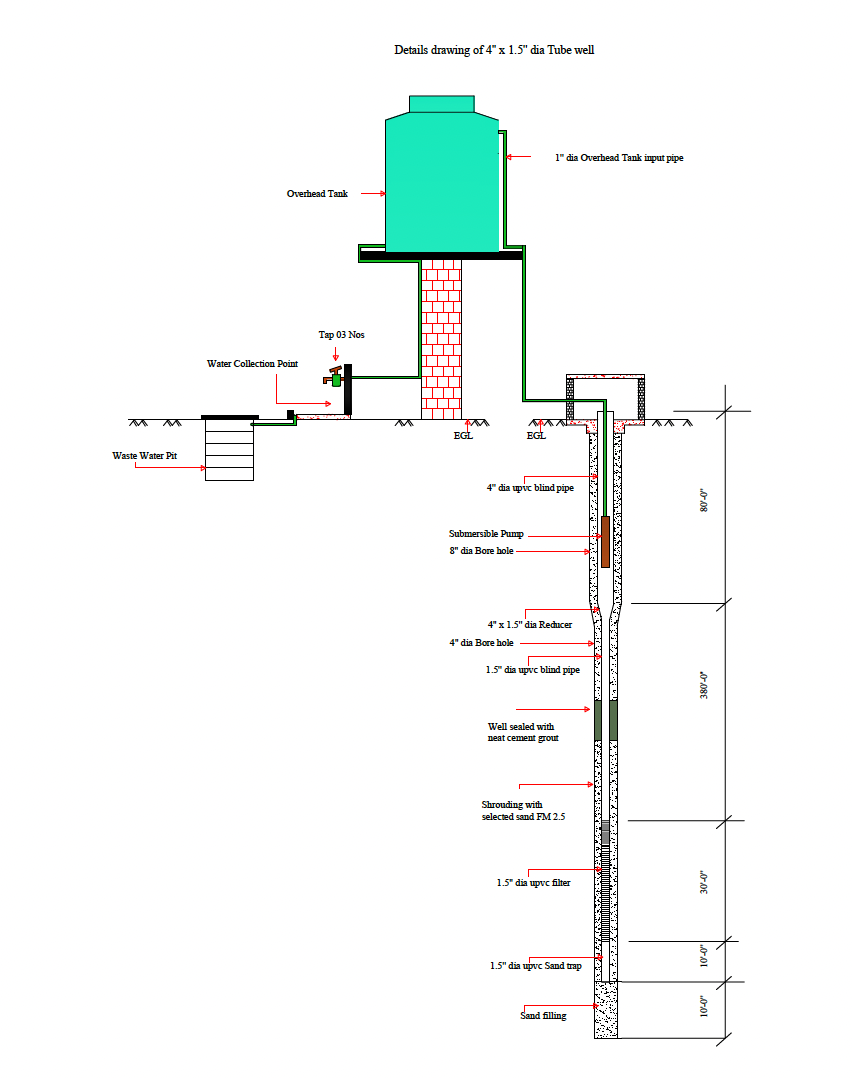
WHAT IS A DEEP TUBE WELL?
In a case where we need to dig deeper to get safe water, a submersible pump is inserted into a well that is deep in the ground. The submersible pump is placed in a long tube and fitted in a well casting. It is then sealed in a compartment that is connected by wires to a power source. The power source pushes the water up to the overhead tank and from that tank it will go to the tap stand by using gravity flow.
- Average discharge 200-500 liters /min
- Design Life: 10~15 years or more
- Submersible pump warranty: 1-2 Years
WHEN WELLS INSTEAD OF FILTERS?
Initially we provided only biosand water filters but after a consultation with local drillers and water experts, we recently switched to implementing more deep tube wells than actual filters, because the shallow aquifer is usually contaminated by too much and hazardous industrial toxic water that cannot be fully cleaned with our biosand filters.
- Less extensive operation and maintenance costs
- No electricity input required
- Can provide safe drinking water without any further treatment (if deep aquifer is contamination free)
- Easy handling
- Deep tube well has wide acceptance by the community people for its ability to deliver ‘safe’ drinking water
- Less follow-up required
CAN THE TWO BE COMBINED?
Yes. In the first phase of the project, we conduct water tests. If we find any contamination in the deep aquifers, we also provide a filter to supplement the deep tube well.

